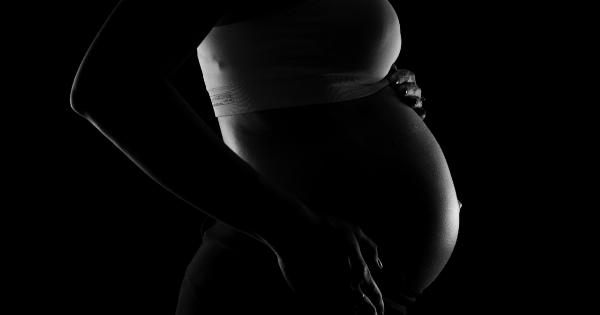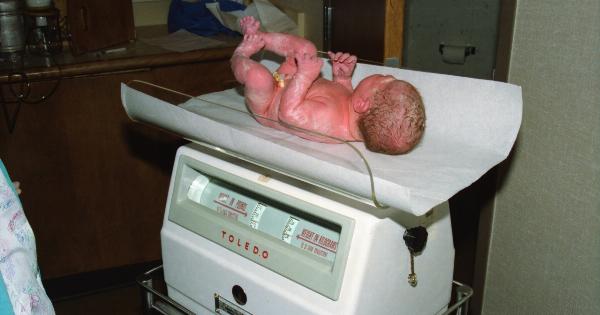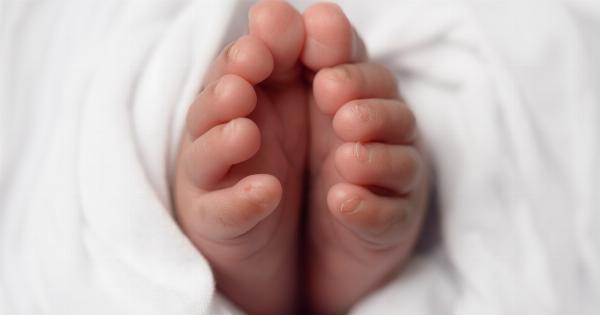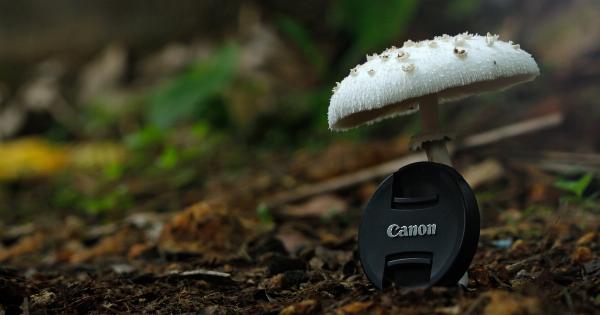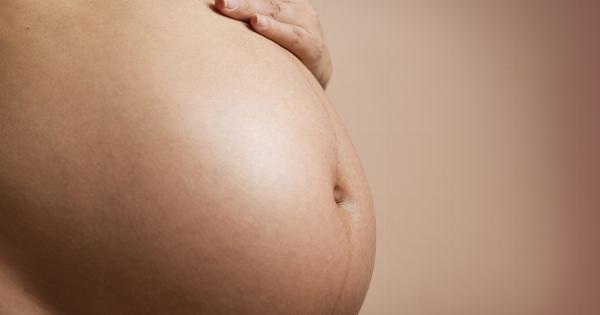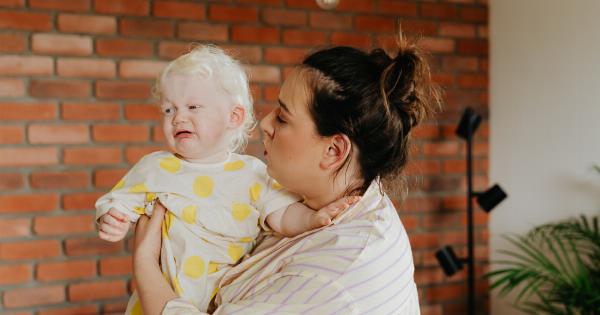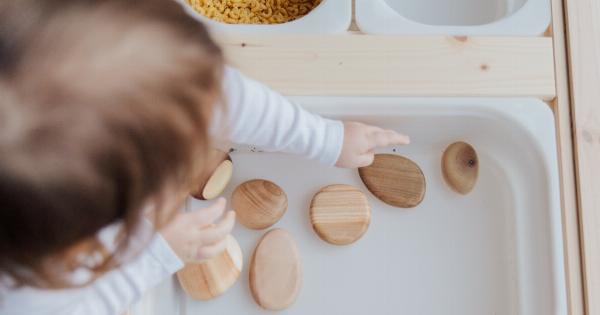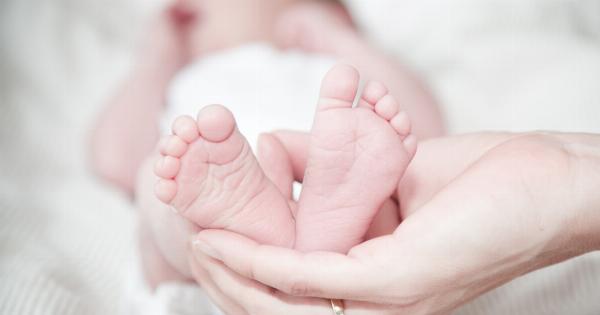Caesarean birth, also known as C-section, is a surgical procedure that involves delivering a baby through incisions made in the mother’s abdomen and uterus.
This method of birth is typically used when a vaginal delivery could pose a risk to the health of the mother or baby. While this type of birth can be life-saving, it also comes with certain risks.
Risks of Caesarean Birth
Like any surgical procedure, a Caesarean birth comes with risks. These risks can include infection, blood loss, blood clots, and a reaction to anesthesia.
In addition, a Caesarean birth can also increase the risk of complications in future pregnancies, such as a ruptured uterus or placenta previa.
Exposure to Vaginal Fluids
During a vaginal birth, the baby is exposed to a variety of bacteria in the mother’s vaginal fluids. This exposure can be beneficial for the baby, as it can help to boost the immune system and protect against certain infections.
However, babies born by Caesarean may not have the same exposure to these beneficial bacteria.
Impact on Baby’s Health
Studies have shown that babies born by Caesarean may have an increased risk of certain health conditions, such as asthma, allergies, and autoimmune diseases.
This is believed to be due to the lack of exposure to the mother’s vaginal fluids and the beneficial bacteria they contain.
Preventing Exposure to Vaginal Fluids
To help prevent exposure to vaginal fluids, doctors may take certain precautions during a Caesarean birth. This can include administering antibiotics to the mother prior to the procedure, and using sterile drapes and instruments in the operating room.
In addition, some doctors may even swab the mother’s vaginal area and transfer the bacteria to the baby immediately after birth.
Vaginal Seeding
One controversial practice that has emerged in recent years is vaginal seeding. This involves taking a swab of the mother’s vaginal fluids and transferring them to the baby’s mouth, nose, and skin after a Caesarean birth.
The idea behind this practice is to expose the baby to the same beneficial bacteria found in a vaginal birth. However, the safety and effectiveness of this practice are still not clear, and it is not recommended by medical professionals.
Conclusion
While a Caesarean birth can be life-saving, it does come with certain risks. In addition, babies born by Caesarean may not have the same exposure to beneficial bacteria as those born vaginally.
However, medical professionals are taking steps to minimize the risk of exposure to vaginal fluids during a Caesarean birth, and new research is being conducted to better understand the impact of this on a baby’s health.















